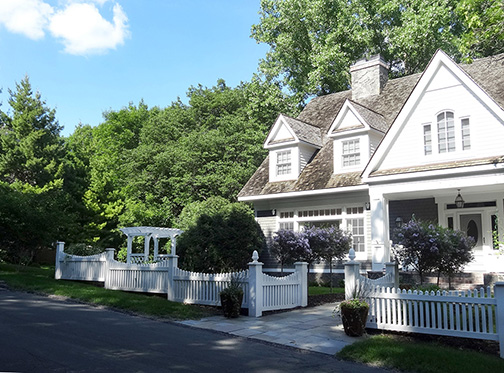There are several types of exchanges, but for the sake of simplicity we will focus on three of the most common types here (we can provide more details later when you pick a qualified intermediary to work with).
The Delayed Exchange- This is the most common form of exchange.This form of exchange allows a seller to sell one or more properties and buy one or more replacement properties within 180 Days*
The Reverse Exchange- This is a more complicated form of exchange where by using the intermediary company the seller can aquire the replacement property prior to selling the reliquished property.
Simultanious Exchange- Where both properties are transferred on the same day using concurrent closings. Anyone doing a simultaneous exchange should use a qualified intermediary.
More Exchange Basics Assuming a Delayed Exchange
There are some specific rules about the types of properties that can be exchanged for one another. They must be “Like Kind” However many people are surprised to find out how flexible the term like kind actually is. A qualified intermediary can quickly and easily help you identify what types of options may make sense for you if you are considering anything other that a straight forward exchange.
Timelines *- The guidelines for a 1031 Tax deferred exchange requires a maximum of 180 days to complete the exchange. The time clock begins the day you close escrow on the relinquished property. In addition all potentual replacement properties must be identified with 45 Days. There are specific but easy to follow rules for proper identification that can easily be explained to you later by a qualified intermediary *.
Through the use of proper contingencies in your relinquished property sales contract your risk of not finding a replacement property can be greatly reduced or even eliminated entirely.
Other Important Considerations
Reinvestment of all Proceeds- All proceeds from the relinquished property must be reinvested into your new property or properties.
Purchase of Equal or Greater Value- You Must spend the same amount or more than the property or properties sold.
In conclusion, this infromation is intended to provide a starting point for you in considering whether a 1031 Tax Deferred Exchange is right for you. We can provide more specifics when you call us. If you are interested we can put you in touch with a qualified intermediary to answer specific detailed questions or have a package sent to you from a qualified intermediary. We can be reached at (916) 730-3846.
* The information provided here about 1031 Tax exchanges is for clients to gain a basic understanding of what a 1031 Tax Deferred exchange is. This infomation is not intended to be specific legal or tax advice. Anyone considering doing a 1031 Tax Exchange should consult a CPA or an Attorney prior to making a final decision about all of the specific guidelines and deadlines in the tax code.
Content copyright 2018. sacramentoinvestor.com. All rights reserved.

